Specifically designed for the vulcanization of tube patches, valve patches and rubber-based tube valve repair units.
| Part No. | Description | Size | Box/Qty | |
|---|---|---|---|---|
| 201 | Cold Vulcanizing Fluid | 25 g tube | 1 | |
| 202 | Cold Vulcanizing Fluid | 50 g tube | 1 | |
| 203-F | Cold Vulcanizing Fluid ((flammable), with brush top | 8 oz. can | 10 | |
| 204-F | Cold Vulcanizing Fluid (flammable) | 32 oz. can can | 10 |
The key to REMA TIP TOP's exclusive Blue Bonding System, Special Blue Cement (flammable) creates a nearly indestructible bond between tire and repair unit. REMA TIP TOP's newest Special Blue Cement (flammable) is free of CFC and aromatic compounds. Specifically designed for the application of REMA TIP TOP Radial, Bias-Ply and Universal, Minicombi & RemaStem repair units. Use for chemical installation of REMA TIP TOP blue bonding layer repair units, Blue Floater Gum and chemical vulcanizing compounds.
| Part No. | Description | Size | Box/Qty | |
|---|---|---|---|---|
| BL-8F | Special Blue Cement (flammable), with brush top | 8 oz.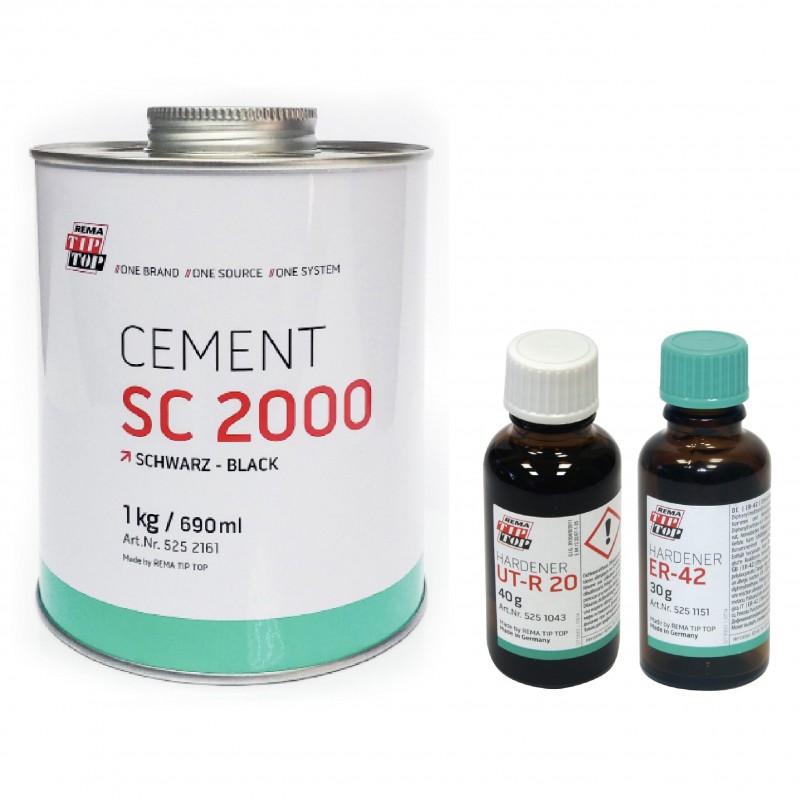 can can | 10 | |
| BL-32F | Special Blue Cement (flammable) | 32 oz. can | 10 |
Specifically designed for the chemical application of REMA TIP TOP Radial (RAD) and Bias Ply (PN) repair units, optimizing the service performance of long haul earthmover and agricultural tires.
| Part No. | Description | Size | Box/Qty | |
|---|---|---|---|---|
| OTR-F 700 | OTR-F Cement | 700 g can | 10 |
Specifically designed for heat cure repair processes utilizing REMA TIP TOP repair units and uncured MTR rubber products.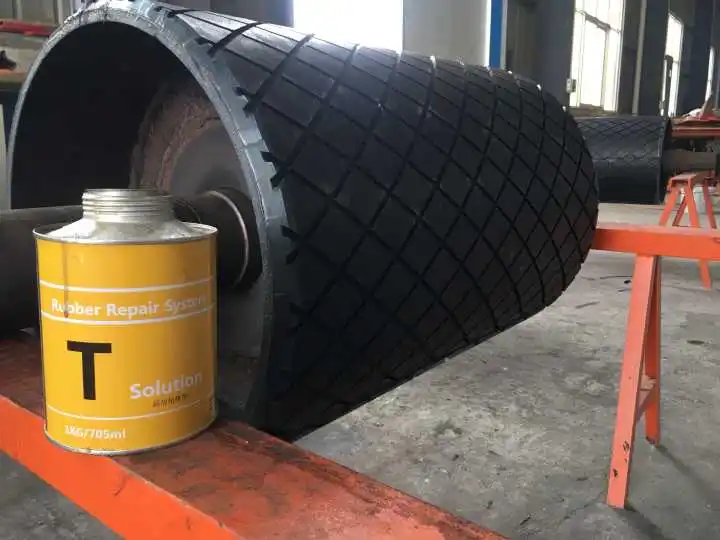
| Part No. | Description | Size | Box/Qty | |
|---|---|---|---|---|
| MTR-F 700 | MTR-F Solution (flammable) | 700 g can | 10 |
by Rema Tip Top
Sale
Original price $48.99
Current price $42.88
| /
32 oz / 1 - $42.88 32 oz / 10 - $312.88 32 oz / 2 - translation missing: en.products.status.sold_out 32 oz / 6 - translation missing: en.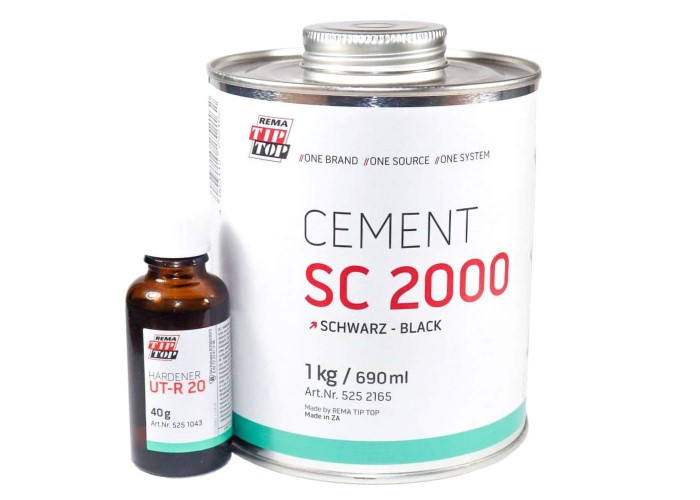 products.status.sold_out 8 oz / 6 - translation missing: en.products.status.sold_out 8 oz / 2 - translation missing: en.products.status.sold_out 8 oz / 10 - $156.88 8 oz / 1 - $19.88
products.status.sold_out 8 oz / 6 - translation missing: en.products.status.sold_out 8 oz / 2 - translation missing: en.products.status.sold_out 8 oz / 10 - $156.88 8 oz / 1 - $19.88
32 oz
8 oz
1
10
2
6
1 2 3 4 5 6 7 8 9 10+ Quantity
Quantity
Share this:REMA TIP TOP's tire inner tube repair vulcanizing cement with convenient brush applicator top is specifically designed for the vulcanization of tube patches, valve patches and rubber-based tube valve repair units.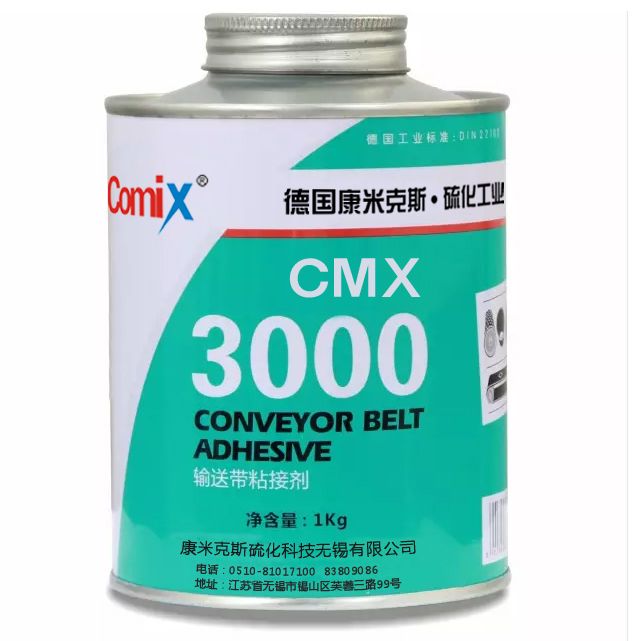 This product creates a nearly indestructible bond between the tire or inner tube and the repair unit.
This product creates a nearly indestructible bond between the tire or inner tube and the repair unit.
SKU: R203F
Brand: Rema Tip Top
Manufacturer: Rema Tip Top
MPN: 101000029
Length (in.): 2.6
Width (in.): 2.6
Height (in.): 3.75
Weight: 7oz
Section Width (in.): 3
TYK SKU: R203F
SKU: R203F-BOX
Brand: Rema Tip Top
Manufacturer: Rema Tip Top
MPN: 101000029
Length (in.): 2.6
Width (in.): 2.6
Height (in.): 3.75
Weight: 7oz
Section Width (in.): 14
TYK SKU: R203F-BOX
SKU: R204F
Brand: Rema Tip Top
Manufacturer: Rema Tip Top
MPN: 101000030
Length (in.): 4.2
Width (in.): 4.2
Height (in.): 5.45
Weight: 13oz
Section Width (in.): 5
TYK SKU: R204F
SKU: R204F-BOX
Brand: Rema Tip Top
Manufacturer: Rema Tip Top
MPN: 101000030
Length (in.): 4.2
Width (in.): 4.2
Height (in. ): 5.45
): 5.45
Weight: 13oz
Section Width (in.): 22
TYK SKU: R204F-BOX
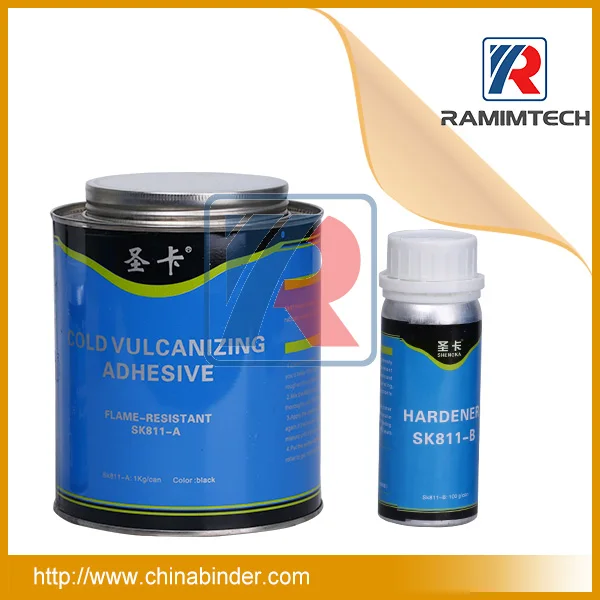 Cement for vulcanization. Chamber vulcanization. Cement for dry cleaning of chambers.
Cement for vulcanization. Chamber vulcanization. Cement for dry cleaning of chambers. Cement for vulcanization
Let's start with the camera. This is the simplest rubber "donut" with a device for pumping and holding several atmospheres of ordinary air inside. Therefore, the two main troubles that do not allow the camera to cope with its functions are punctures and cuts. Both those and others are treated by applying patches followed by hot (much less often cold) vulcanization. But the recipe itself often looks like a shamanic potion.
First, the perimeter of the cut is marked with chalk, after which the edges are rounded. So that after applying the patch, the opposite edges of the cut do not come into contact, since their friction with a simultaneous increase in temperature when the car is moving is fraught, at best, with repeated repairs. Raw cut edges do not accept the cold vulcanization method at all - a local increase in temperature during friction completely disables the patch.
The second step is choosing a patch. The main requirement is that the patch should extend at least 2 cm in each direction from the edge of the cut, and be 1.5-2 times the length of the damage in length. So, for the smallest puncture, a patch with an index of 11-022 is required, damage from 3.5 mm will already require a patch of 11-031.
The third step is to treat the surface of the chamber with a buffer cleaner. It only helps cleaning and prevents dirt from penetrating deep into the structure of the chamber. Lheubvb
Next comes the abrasive action. The physics is simple - the clean, rough surface of the chamber is ideal for close contact with the future patch. The speed of the emery is decent, the temperature at the point of contact is not the most tolerable, as a result we have at least undulating swelling, as a maximum - rubber overheated and melted to the consistency of plasticine. The optimal solution can be considered a pneumatic drill with a set of necessary cutters and nozzles, but due to its high cost, such equipment is not available to everyone. Or maybe it is available, but as long as there is a demand for antiquated methods, why buy it?
Or maybe it is available, but as long as there is a demand for antiquated methods, why buy it?
The next step is to apply the patch itself and then vulcanize it. Cold vulcanization is a chemical reaction between the components of the adhesive applied to the chamber and the active (usually white) layer of a special patch. The whole process, including preliminary processing of the camera, takes no more than five minutes, but such a patch does not differ in exponential durability. Its best use is temporary wheel repairs away from specialized workshops.
More traditional, hot vulcanization is an order of magnitude cheaper, 40% more efficient, but takes at least 20 minutes with all preparatory operations. First, the hot-curing adhesive must be allowed to dry. Secondly, a raw rubber patch (in this case playing the role of that very “white layer”) requires careful smoothing before entering the vulcanizer. Often, a piece of the old camera is added on top to "strengthen", but this does not make much sense if the patch is properly installed.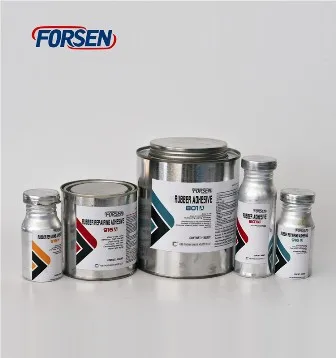 On the contrary, if the patch is damaged again, it will not be easy to disassemble the resulting sandwich. Not to mention, re-cleaning the surface and removing the top layer will make the camera even thinner and clearly not good for its durability.
On the contrary, if the patch is damaged again, it will not be easy to disassemble the resulting sandwich. Not to mention, re-cleaning the surface and removing the top layer will make the camera even thinner and clearly not good for its durability.
The average hot cure rate is approximately 1 mm every four minutes, including the thickness of the chamber itself. The process of vulcanization of raw rubber begins when heated at about 90 degrees and reaches its optimum value at a temperature of 147 degrees. The mark of 160 is critical, its excess inevitably leads to shrinkage and burns of rubber. The same result will be obtained if the camera is overexposed on the vulcanizer. Alas, most vulcanizers in tire shops do not have timers, let alone working temperature controllers, and the vulcanization process is controlled by the masters “by eye”. And the vulcanization parameters themselves (time, temperature) were obtained, as a rule, by trial and error, and the clients of tire shops act as test subjects.
And finally. It would seem that there is no more boring and irrelevant topic than a brief instruction on how to properly repair a camera. That and look, it will soon come to mind to paint in all details the process of twisting the caps. Meanwhile, even such an elementary and well-known process for more than a dozen years as repairing a camera turns out to be much more complicated and confusing than today's specialized workshops can afford.
Cure Cement BL is used for self-vulcanization from 18 degrees and for hot vulcanization up to 150 degrees. Special cement does not contain chlorine and aromatic hydrocarbons. There is also OTP Cure Cement for use on buffed areas inside tires as well as OTR Type Top RAD- and PN-Patches with extended drying times. This special cement allows you to achieve optimal service life of repaired tires that are used on earthmoving equipment with a long distance of technological movements.
Delivery
Guarantees
Quality
Description
MARUNI SUPER VALKARN G is a cold vulcanizing cement.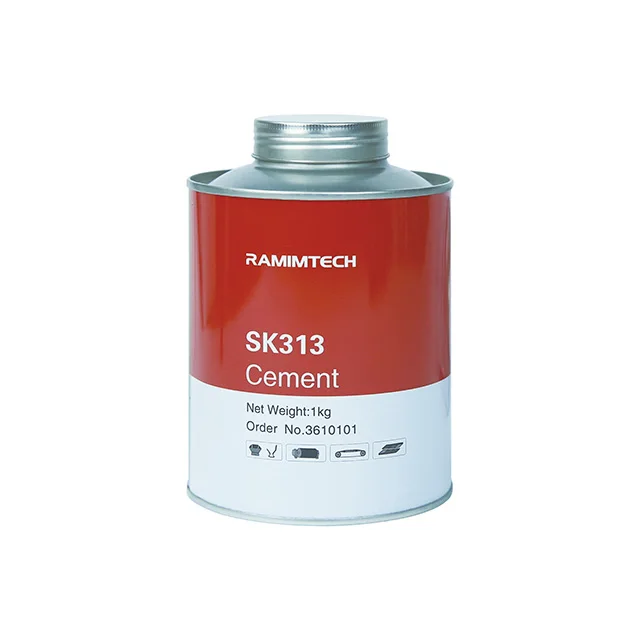 It is used for repair of radial and diagonal tires and tubes of bicycles, motorcycles, cars and trucks, passenger and special vehicles.
It is used for repair of radial and diagonal tires and tubes of bicycles, motorcycles, cars and trucks, passenger and special vehicles.
The adhesive is intended for repair with patches, plasters, bands, fungi using the "cold" vulcanization method (without the use of a vulcanizer). It is not only an adhesive, but also a vulcanizing agent that provides high-quality repairs and vulcanization of the repair material with a tube or tire.
The lid of the jar is equipped with a brush for easy application and storage. High quality and adhesion of the vulcanizing composition.
Application
Apply the adhesive to the cleaned and degreased surface. After 3-5 minutes, apply the patch with a glue layer and roll it out with a roller. When repairing with a tourniquet, apply adhesive to the deburring tool and the tool to install the tourniquet.
Description
Product rating is based on an analysis of its popularity, demand, performance and customer feedback.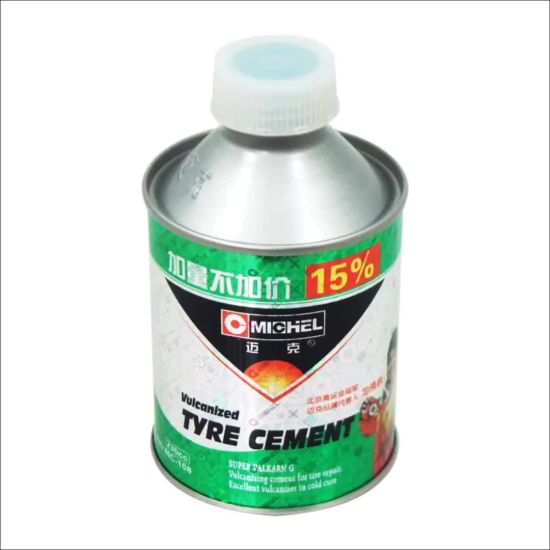 Your opinion will certainly be taken into account in this assessment, so we will be very grateful for it. This will help other customers to make the right choice, us to offer only the best products, and manufacturers to achieve excellence
Your opinion will certainly be taken into account in this assessment, so we will be very grateful for it. This will help other customers to make the right choice, us to offer only the best products, and manufacturers to achieve excellence
Antispam field. It needs to be hidden via css
Your name
Contact information
Message subject
Rating
Please rate on a 5 point scale
Your message
Similar items
Art. 515 9358
574 ₽
Art. TG.025.K.1
552 ₽
Art.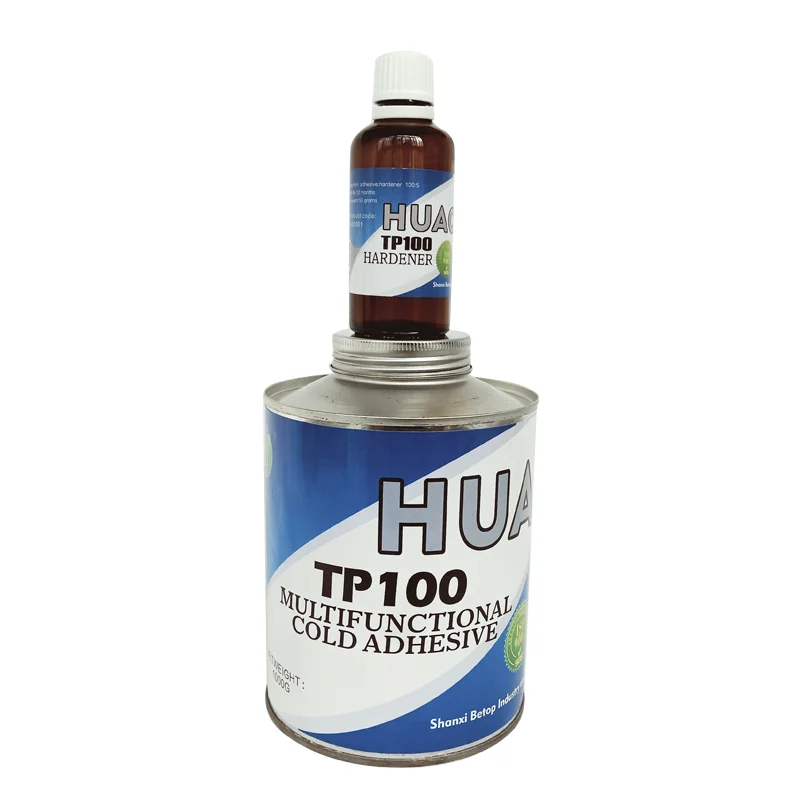 K.10.K.1
K.10.K.1
1 996 ₽
Art. CS-250
330 ₽
Art. 515 9366
Art. GA-250
210 RUB
Art. K.05.K.1
1 159 ₽
Art. K.015.K.2
504 ₽
Art.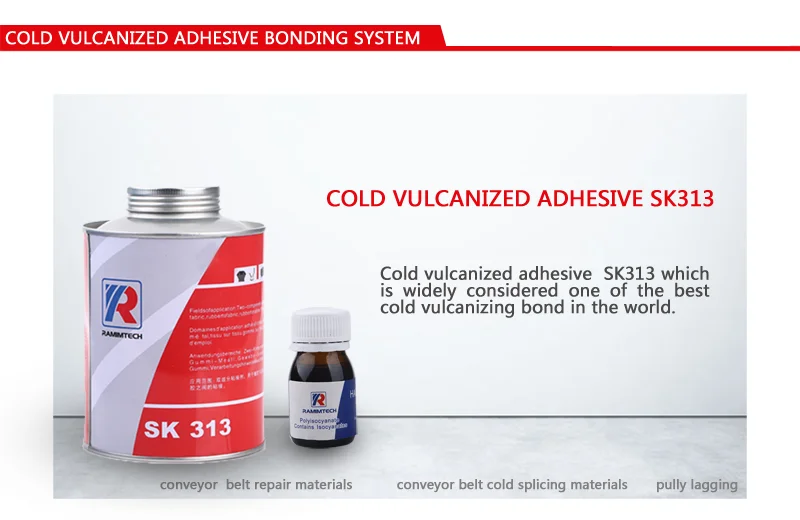 4253
4253
730 ₽
Related products
Art. 512 5090
95 ₽
Art. 200049840
4 779 ₽
Art. SS907
610 ₽
Art. P248
44 ₽
Art.